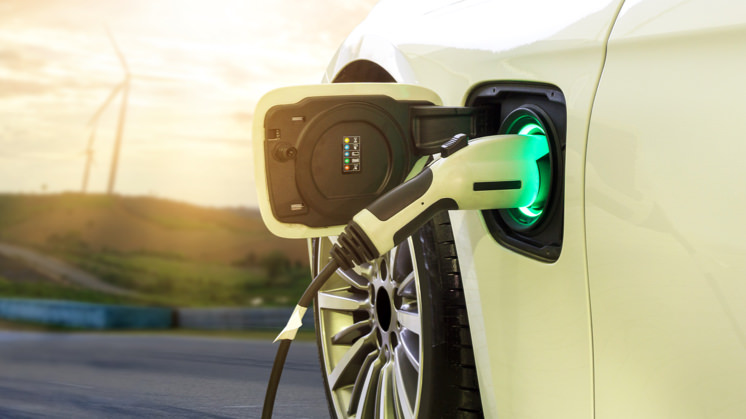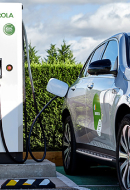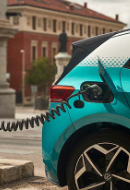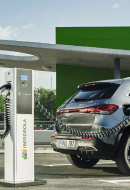Electric car batteries
Everything you need to know about electric car batteries
The transition to sustainable mobility and transport electrification are crucial to halting climate change and saving the planet. In the medium term, electric vehicles will replace those with combustion engines, a change that requires research and development of more durable, efficient electric batteries — the core of these vehicles — which must also be kinder to the environment.

A International Energy Agency (IEA) report published in 2018, reveals that transport carbon footprint accounts around 30 % of global greenhouse emissions (GGE). Increasingly stringent transport emissions regulations are being enacted around the world. The European Union (EU) has committed to reducing greenhouse gases by 60 % with respect to 1990 levels by 2050, and the transition toward sustainable mobility and transport electrification is growing in urgency.

What is electric mobility?
What electric mobility is, its history and its contribution to the energy transition.

Advantages of the electric car
Why should I buy an electric car?

History of the electric car
Discover the journey of more than 200 years of the electric car, from its origins to today.

Plug-in hybrid or electric
We tell you the main differences between these mobility solutions.
The boom and advantages of the electric car
Electric vehicles do not emit polluting gases and are adapted to the decarbonised future that lies ahead. This is reflected in the gradual increase in their sales: 6.6 million electric cars were sold worldwide in 2021, — this means that more than one in every 10 cars sold was a plug-in car. Of these, 71 % were battery-only electric vehicles (BEV) and the remaining 29 % were plug-in hybrid electric vehicles (PHEV), with Europe being the largest buyer of these vehicles.
Everybody accepts that the future of transport will be electric. However, according to the experts, there are still two unanswered questions, namely: when will sales of electric cars overtake those of combustion cars and what type of batteries will offer the best performance?. According to the Bloomberg New Energy Finance (BNEF) annual report on electric vehicles, sales are expected to keep growing during next decade. The cost of purchasing an electric vehicle is also becoming more affordable. Indeed, according to Bloomberg, electric cars will already be similar to petrol equivalents by 2027.





